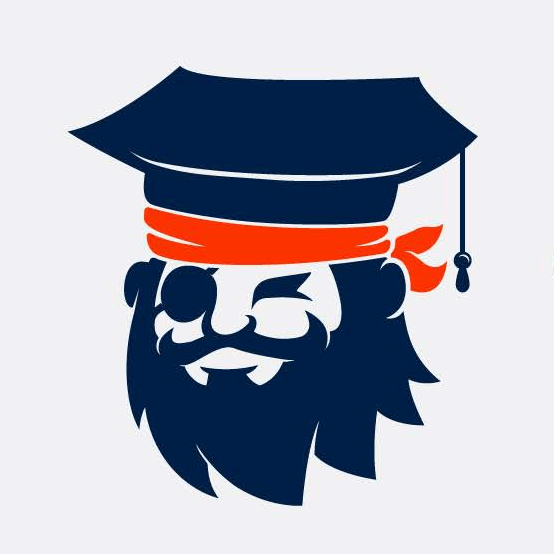PVA glue, also known as polyvinyl acetate glue or white glue, is a strong, flexible, and widely used adhesive. It is made from polyvinyl acetate, a synthetic polymer that is created by the polymerization of vinyl acetate monomer. PVA glue is a type of emulsion, which means that it is a mixture of a liquid (in this case, water) and a solid (polyvinyl acetate).
PVA glue is popular for a variety of reasons. One of the main reasons is its versatility – it can be used on a wide range of materials, including wood, paper, cardboard, fabric, and ceramics. It is also relatively easy to work with, as it is non-toxic, dries clear, and is generally not too messy.
One of the key benefits of PVA glue is its strength. When it dries, it forms a strong, flexible bond that is resistant to water and temperature changes. This makes it ideal for use in a variety of applications, including crafts, home repairs, and construction.
There are several different types of PVA glue available, each with its own specific set of properties and characteristics. Some of the more common types include:
- Standard PVA glue: This is the most basic type of PVA glue and is suitable for use on a wide range of materials. It is generally not as strong as other types of PVA glue and may not be suitable for use on heavy-duty projects.
- Wood glue: This type of PVA glue is specifically designed for use on wood and is typically much stronger than standard PVA glue. It is often used in woodworking and carpentry projects.
- Fabric glue: This type of PVA glue is designed for use on fabric and is often used in the construction of clothing, upholstery, and other textiles. It is generally flexible and dries clear.
- Bookbinding glue: This type of PVA glue is used in the production of books and is specifically designed to be strong and flexible enough to withstand the rigors of regular use.
PVA glue is also commonly used in 3D printing as a support material. In 3D printing, objects are created by building up layers of material, typically using a process called filament deposition modeling (FDM). In FDM, the object is created by melting a plastic filament and extruding it through a small nozzle to create a layer of the object.
One of the challenges with 3D printing is that it can be difficult to print objects with overhangs, undercuts, or other complex geometries. These types of features can cause the object to become unstable or collapse during the printing process. To overcome this issue, support structures can be added to the object to provide additional stability.
PVA glue is often used as a support material because it is water-soluble and can be easily removed once the object has been printed. It is applied to the object using a dual-extrusion 3D printer, which has two nozzles – one for the main material and one for the support material. The PVA glue is extruded through the second nozzle and creates a support structure for the object.
Once the object has been printed, the support structures can be removed by simply soaking the object in water. The PVA glue will dissolve, leaving the object with a smooth, finished surface.
In summary, PVA glue is a strong, flexible, and widely used adhesive that is suitable for use on a wide range of materials. Its versatility and strength make it a popular choice for use in a variety of applications, including crafts, home repairs, and construction.
 Written by
Written by